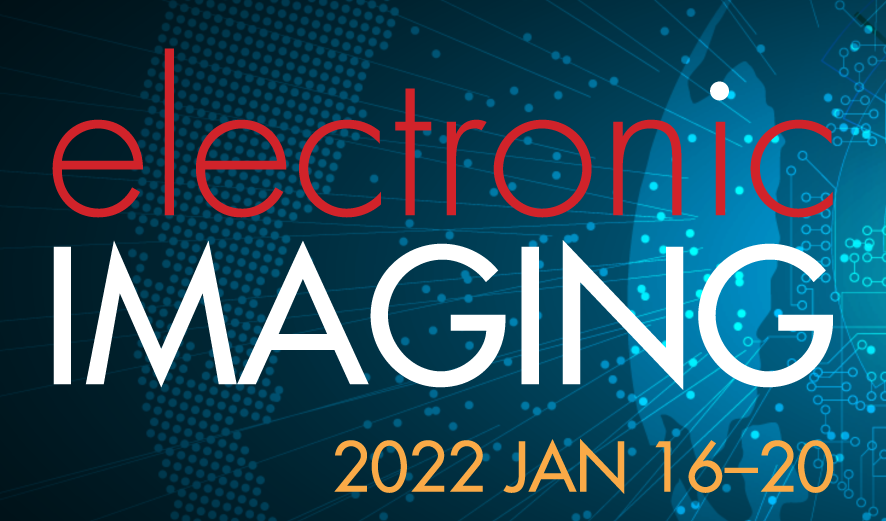
Solid state optical sensors and solid state cameras have established themselves as the imaging systems of choice for many demanding professional applications such as automotive, space, medical, scientific and industrial applications. The advantages of low-power, low-noise, high-resolution, high-geometric fidelity, broad spectral sensitivity, and extremely high quantum efficiency have led to a number of revolutionary uses. ISS focuses on image sensing for consumer, industrial, medical, and scientific applications, as well as embedded image processing, and pipeline tuning for these camera systems. This conference will serve to bring together researchers, scientists, and engineers working in these fields, and provides the opportunity for quick publication of their work. Topics can include, but are not limited to, research and applications in image sensors and detectors, camera/sensor characterization, ISP pipelines and tuning, image artifact correction and removal, image reconstruction, color calibration, image enhancement, HDR imaging, light-field imaging, multi-frame processing, computational photography, 3D imaging, 360/cinematic VR cameras, camera image quality evaluation and metrics, novel imaging applications, imaging system design, and deep learning applications in imaging.

Solid state optical sensors and solid state cameras have established themselves as the imaging systems of choice for many demanding professional applications such as automotive, space, medical, scientific and industrial applications. The advantages of low-power, low-noise, high-resolution, high-geometric fidelity, broad spectral sensitivity, and extremely high quantum efficiency have led to a number of revolutionary uses. The conference will focus on image sensing topics as listed below, bringing together researchers, scientists, and engineers working in these fields, offering the opportunity for quick publication of their work.

We report 3-layer stacked pixel-parallel CMOS image sensors developed for the first time. The hybrid bonding of silicon-on-insulator wafers through damascened Au electrodes in a SiO2 insulator on the front and backside realizes both face-to-face and face-to-back bonding, developing a multi-layer stacked device. A 3-layered pixel circuit is developed to confirm the linear response of 16-bit digital signal output. A prototype sensor with 160 × 120 pixels successfully captures video images, demonstrating the feasibility of multi-layered sensors of high performance as well as multi-functions including signal processing, memory, and computing for applications such as high-quality video cameras, measurements, recognition, robots, and various IoT devices.
